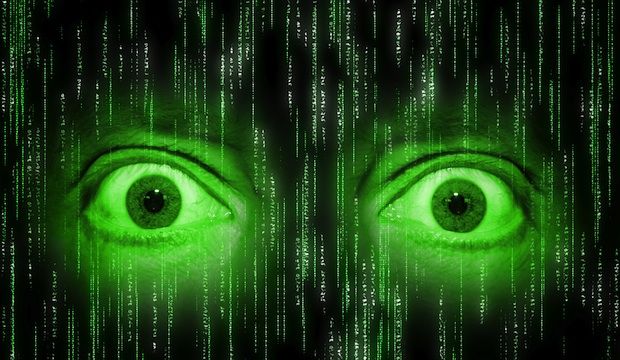
Thanks to the emergence of WiFi tracking systems, video surveillance, and other technologies, retailers are able to follow customers who are using mobile devices in their stores to track their behaviors.
Retailers can then use analytics software to help make sense of customer behavior (e.g., how long shoppers dwell in a particular product aisle prior to making a purchase) and take advantage of this information to help shape product placement, the development of customer offers, etc.
Many customers have become accustomed to having online retailers track their activities using cookies and other tools that provide e-tailers information about who customers are and how they’re shopping.
However, customers in brick-and-mortar locations aren’t necessarily as open-minded to having companies track their movements and behaviors.
Last fall, Nordstrom deployed technology to follow customer movements by tracking WiFi signals from their smartphones, as Mitch Wagner points out in a recent post for Internet Evolution.
However, when Nordstrom posted a sign alerting customers that the company was tracking them, “shoppers were unnerved,” according to a New York Times article. Nordstrom ended the testing in May, due, in part, to negative customer feedback.
WiFi tracking and other technologies are making it possible for retailers and other companies to learn more about customers’ behaviors and activities than ever before. But do retailers go too far in using technology to learn more about their customers and their interests?
Consumer tracking technologies aren’t aimed at invading the privacy of individual customers but rather to provide businesses with fresh insights into the behaviors of anonymous customers through their smartphones, according to an article in BusinessLexington.
Smartphone tracking systems don’t allow businesses to obtain access to personal information about subscribers. Instead, they track the MAC (media access control) address of each smartphone, a unique identifier assigned to each device by the manufacturer.
The MAC address identifies the type of device that a person is carrying and allows the sensors to track where the smartphone is moving, but the identity of the person who’s carrying the phone remains anonymous.
Other customer tracking and identification technologies include facial recognition software, which is used to observe a shopper’s expression when he’s handling or viewing a particular product. Retailers can use this information to better understand what a customer is thinking or feeling during his interaction with a product.
Some retailers are using facial recognition software to identify shoppers when they enter their stores and then arm salespeople with information that’s known about them, such as clothing sizes and recent shopping history.
While some consumers may be creeped out if retailers are able to follow their movements throughout their stores, a growing number of shoppers are willing to share information about themselves if it leads to personalized and relevant offers.
Next Steps:
- Subscribe to our blog to stay up to date on the latest insights and trends in big data analytics and retail.





